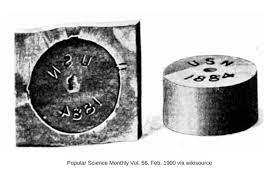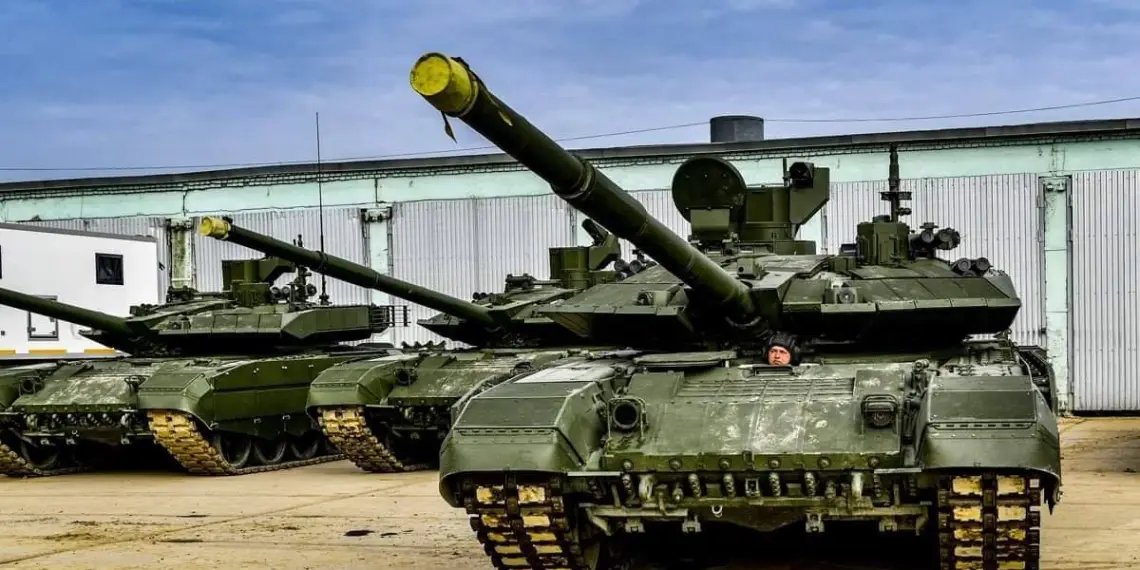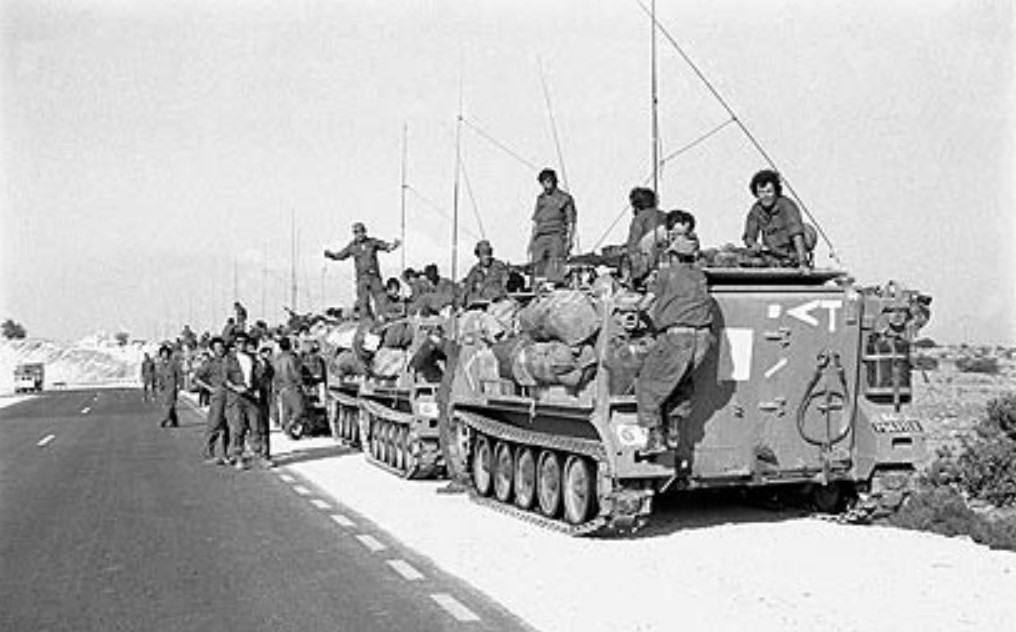A thread on shaped charges, building upon yesterday's theme of ATGMs, which you can find here: 
https://twitter.com/Sam_Cranny/status/1415697130816159746Shaped charges are essentially a type of hollow charge explosive, designed to magnify the explosive's effects on a target.

A hollow charge is an explosive with a hollow cavity facing the target - this section can be a cone, hemisphere, or a number of other shapes. The cavity causes gaseous products formed during detonation of the explosive to focus, concentrating the blast's energy.
This is known variously as the Munroe Effect (US/UK) and the Neuman Principle (Ger). Munroe showed that the cavity would increase penetration into steel by printing 'USN 1884' into a charge and detonating it against steel. 

Whilst Munroe was not the first to discover this - there are technically examples dating back to the age of black powder - he is widely regarded as the first to understand its benefits. He worked at the USN's Naval Torpedo Station. So far so good.
Development of hollow charges mostly continued theoretically between then and the Second World War. By then, shaped charges had entered the scene, and Germany, the US, UK, and Japan invested heavily in them and conducted lots of research. 

So, what is a shaped charge? A shaped charge is essentially a hollow charge, but the cavity is lined with some form of solid material, which can be metal, glass, or even wood. The lining of the cavity increases penetration.
Ok, but how? Well, as the explosive is detonated a circular wave of energy propagates (spreads) from the detonator at a very high speed, which can be up to 8 km/s. As the wave of energy reaches the material liner, the liner begins to accelerate rapidly and collapses. 

The collapse of the cone-shaped liner leads to a portion of the liner (around 20%) flowing in the form of a jet. The jet accelerates at very high speeds, which can be up to 10 km/s at its tip, and forms a slug at the rear, which is around 1/10 the speed of the tip of the jet.
There are a number of variables in liner design, including geometry; trumpet/tulip/cone-shaped liners, liner thickness and charge ratio, charge confinement, liner material, and manufacturing quality. All of these aspects affect the formation of a jet, alongside many other things. 

Variations in thickness and the strength of the liner can lead to unstable jets that deviate from centreline as they travel towards the target. This can dissipate the jet over a larger area, reducing penetration. Similar irregularities occur if the detonation is asymmetric. 

The efficacy of the jet is also partly dependent upon the projectile achieving an optimal standoff from the target. Penetration is reduced if it detonates too close to the vehicle, and will reduce if it is too far away.
A caveat, to reduce RPG-7 pen from 300 mm (ish) to 40 mm requires 1m of standoff. So, introducing standoff to increase survivability against even a basic shaped charge isn't really practical - imagine what might be required for a Kornet or Spike? 

Target defeat; the problem with shaped charges is that the jet is relatively small. Crude rules indicate a jet diameter of around 1/20th of the cone diameter - this means a penetrator diameter of around 10 mm in the case of the largest warheads.
The length to diameter ratio, combined with speed of the projectile is monstrous however. They technically penetrate armour using kinetic energy and push the armour material out of the way - they do not melt or burn through armour. But, you knew that right? 

The important thing is what happens behind the armour. As always, this is dependent upon a number of factors, key among them appear to be the size of the warhead, and the type - as opposed to thickness - of the vehicle armour.
It may, for example, make contact with ammunition, fuel, or oil within the vehicle leading to an ammunition fire or ‘cookoff’. This can be catastrophic for some vehicles such as the Soviet T-72. Others such as Merkava/Challenger 2 have specialised ammo containers to mitigate this 

And many have adopted electric gun control and very careful fuel storage designs to help reduce the risk of a cookoff. This helps improve survivability in the event of shaped charge penetration - again, see the thread linked in the first tweet for more on this.
As the jet penetrates the vehicle it is likely to create a shower of spall. Spalling can be small fragments of armour and equipment, travelling at very high speeds and typically in a cone shape from the point of penetration. The quantity and size of spall depend on warhead.
Some vehicles carry spall liners, a form of armour such as Kevlar that is designed to catch the spall and limit the width of the cone. The jet may also hit members of the crew, in which case it would likely kill them, or equipment in the vehicle leading to fragmentation effects. 

Other effects introduced into the vehicle may include increased pressure as well as of thermal and gaseous events. leading to injuries such as ear damage, all the way to organ failure. The temperature can increase by 148ºC and blinding white light is emitted in some circumstances
It is important to note, and re-emphasise, that many of these effects may not be generated by small-calibre projectiles such as the grenade fired by the RPG-7and would be dependent upon the use of large calibre shaped charges carrying considerable explosive mass place. 

The nature of the liner can also have an effect, the AT-4 shoulder fired anti-tank weapon for instance carried an aluminium alloy liner, which was claimed to be capable of lighting diesel in the middle of a Swedish winter.
Overall, a very interesting technology that can prove very effective against armour. However, as yesterday's thread shows, effective use is essential for good results, and the design and manufacture of the warhead is incredibly important for a successful target defeat.
Thanks for reading, retweeting, and following if that's your thing.
• • •
Missing some Tweet in this thread? You can try to
force a refresh
















